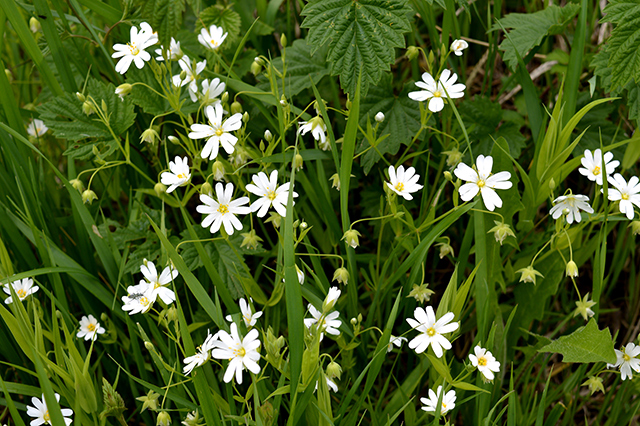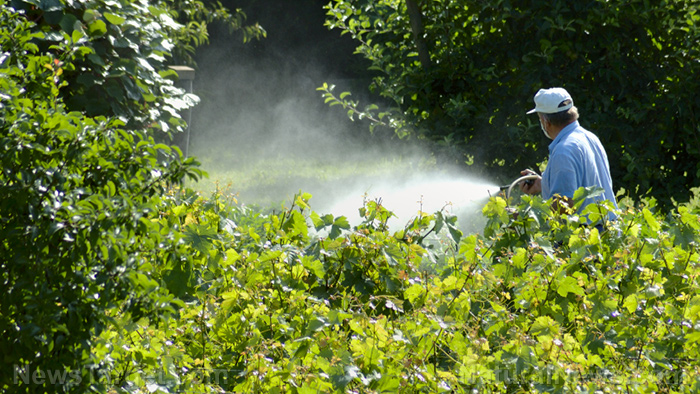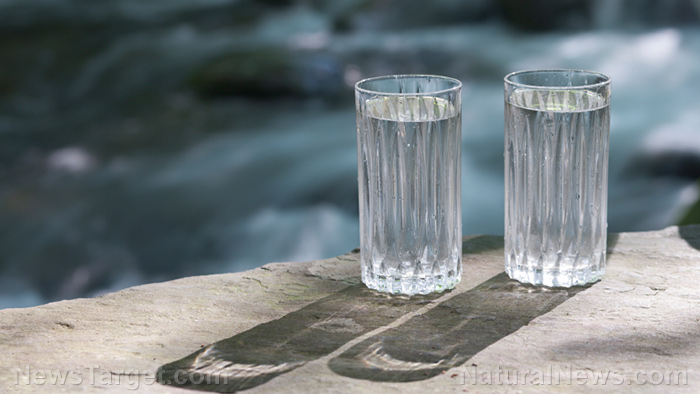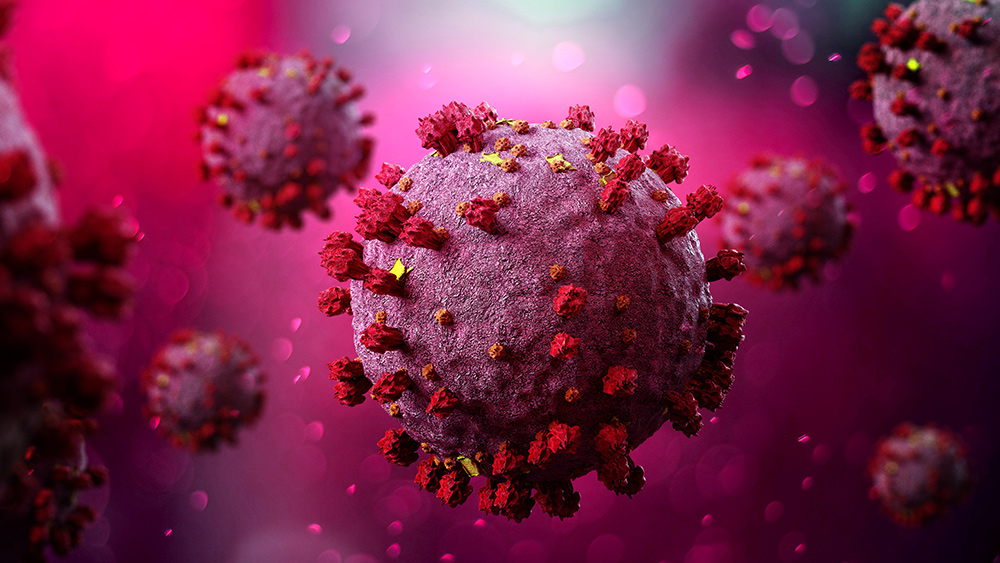Home gardening tips: Edible and medicinal weeds that you need in your garden
03/09/2021 / By Divina Ramirez

Weeds can overwhelm even the most patient or seasoned gardener. However, some of the untamed plants that often end up sprouting in gardens are edible and even beneficial. Knowing which ones can spare gardeners the trouble of laborious weeding.
Edible and medicinal garden weeds
The following are eight edible and medicinal weeds to have in the garden:
Chickweed (Stellaria media)
Chickweed grows close to the ground and produces small, star-shaped white flowers. It often appears in fertile soil. So if chickweed is growing in the garden, that is a good indicator that the soil is rich and ideal for growing plants. Chickweed can also be used to create a poultice for minor wounds.
Chickweed’s leaves, stems and flowers are edible and taste similar to parsley. It likes cool weather so harvest it in late spring and fall.
Clover (Trifolium)
Clover is the common name for plants of the genus Trifolium, which consists of about 300 species of flowering plants. Despite being a weed, clover actually helps fertilize the soil by pulling nitrogen from the air and putting it into the soil. This nitrogen attracts earthworms, which help improve soil fertility as well. Plus, clover attracts beneficial insects, including ladybugs and minute pirate bugs.
White clover flowers can be consumed raw or steeped to make a soothing, herbal tea.
Lamb’s quarter (Chenopodium album)
Often found in fields, pastures, orchards and even along the roadside, lamb’s quarter is a super common weed with toothed leaves and a bluish-green tint. It has a powder-like substance on the underside of its leaves.

Lamb’s quarter contains high amounts of certain nutrients, including iron, protein, calcium and B vitamins. It also accumulates nitrogen, potassium, phosphorus, calcium and manganese from the soil.
The shoots, leaves and seeds of lamb’s quarter can be eaten raw or cooked into soups and other dishes.
Pennycress (Thlaspi arvense)
Pennycress is a flowering winter plant that belongs to the same family as cabbage and broccoli. Also commonly known as stinkweed, pennycress produces an unpleasant odor when its leaves are squeezed.
Nonetheless, it is good to have pennycress in the garden because it helps lower levels of metals in the soil, such as lead, nickel and arsenic. Soil with high levels of these metals inhibits plant growth and raises concerns about eating fruits and vegetables grown in that soil.
Pennycress has anti-inflammatory properties that may help relieve kidney inflammation and appendicitis. The entire plant is also said to confer beneficial effects on the liver. The plant’s seeds and shoots, in particular, may also benefit the eyes.
Dandelion (Taraxacum officinale)
Dandelions have deep-growing roots that help loosen hard-packed dirt and pull nutrients into the top layer of the soil where plants can better access them.
Young dandelion leaves that stick up from the center of the plant are rich in potassium and vitamins A, C and K. They can be added raw to salads or cooked as one would spinach. Additionally, dandelion root can be used as a caffeine-free coffee-like beverage.
Yellow dandelion flowers can also be soaked in oil and made into topical ointments or poultices.
Purslane (Portulaca oleracea)
Purslane is a succulent that features spoon-shaped leaves, reddish stems and tiny yellow flowers. It is a hardy plant that can even grow out of cracks in the asphalt. As an edible weed, it contains high amounts of omega-3 fatty acids, which support healthy heart functions, and vitamins E and C, which are powerful antioxidants.
Mugwort (Artemisia vulgaris)
Mugwort, also known as common wormwood, is an invasive flowering plant that most gardeners have a hard time eradicating. Although it is known for overtaking vegetable gardens, mugwort helps absorb heavy metals from the soil and prevents erosion. It also helps repel harmful insects.
Traditionally, mugwort is used to boost energy, improve circulation, support healthy liver functions and ease itching. Mugwort leaves are aromatic but taste slightly bitter. The leaves and shoots of the plant can be eaten raw or cooked. Meanwhile, its flowers and roots can be steeped to make an herbal tea.
Broadleaf plantain (Plantago major)
Broadleaf plantain tends to appear in compacted soil. It is said to accumulate sulfur, calcium, magnesium, iron and manganese from the soil. (Related: Using plantain as a home remedy? Here are 4 ways to do it.)
The large, oval leaves of broadleaf plantain can be eaten raw or cooked. They are also commonly used to relieve wounds, treat inflammation and improve digestive health.
Learn more about growing beneficial weeds at HomeGardeningNews.com.
Sources include:
Tagged Under: alternative medicine, gardening, green living, herbal medicine, Herbs, medicinal weeds, natural cures, natural medicine, remedies





















